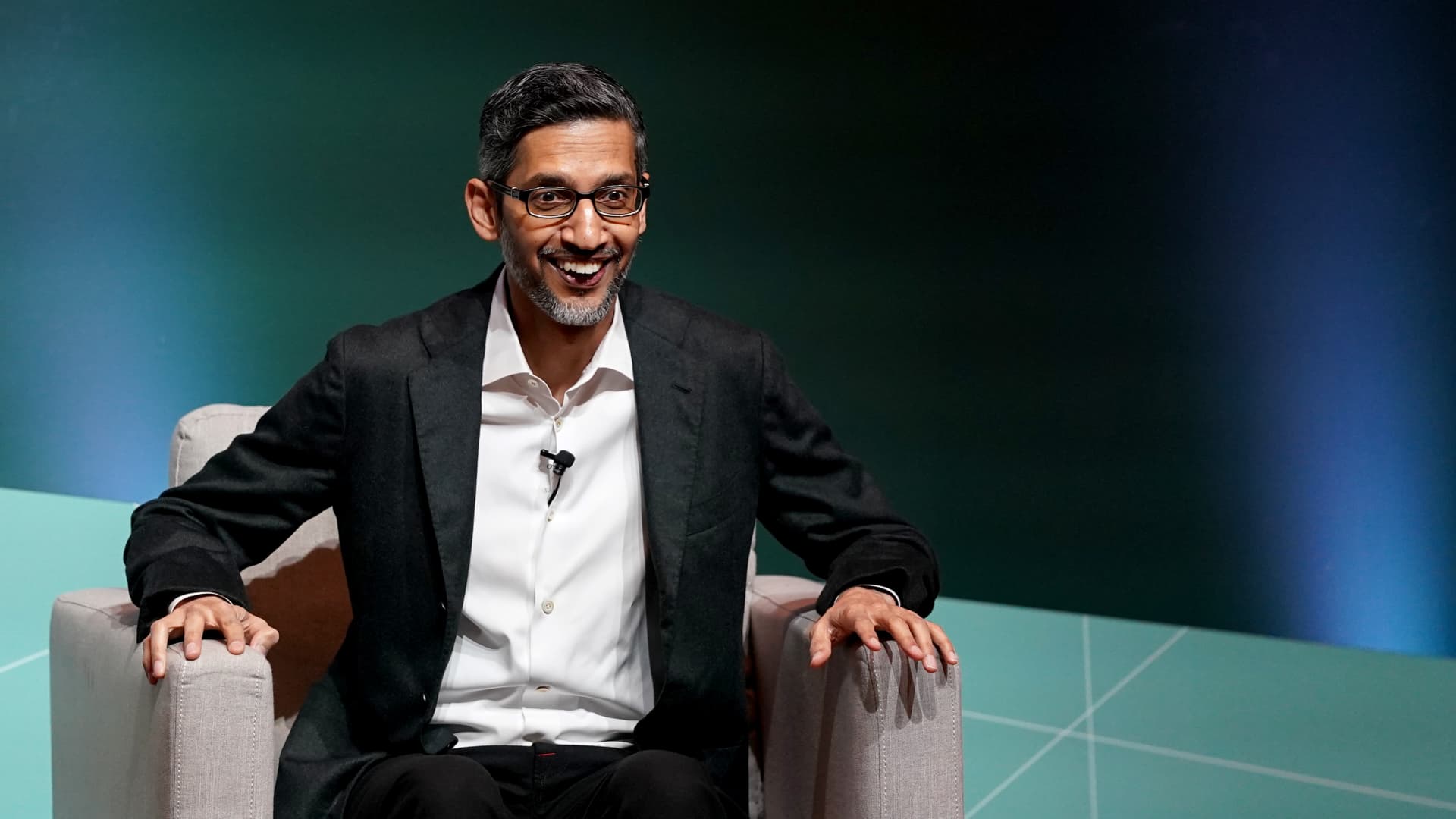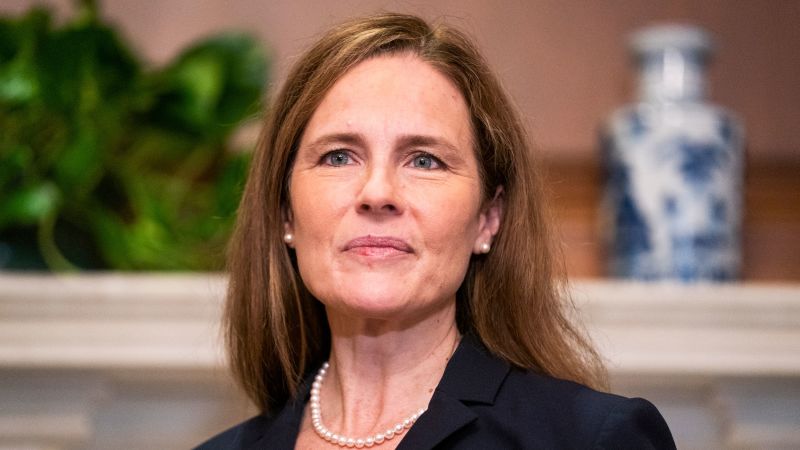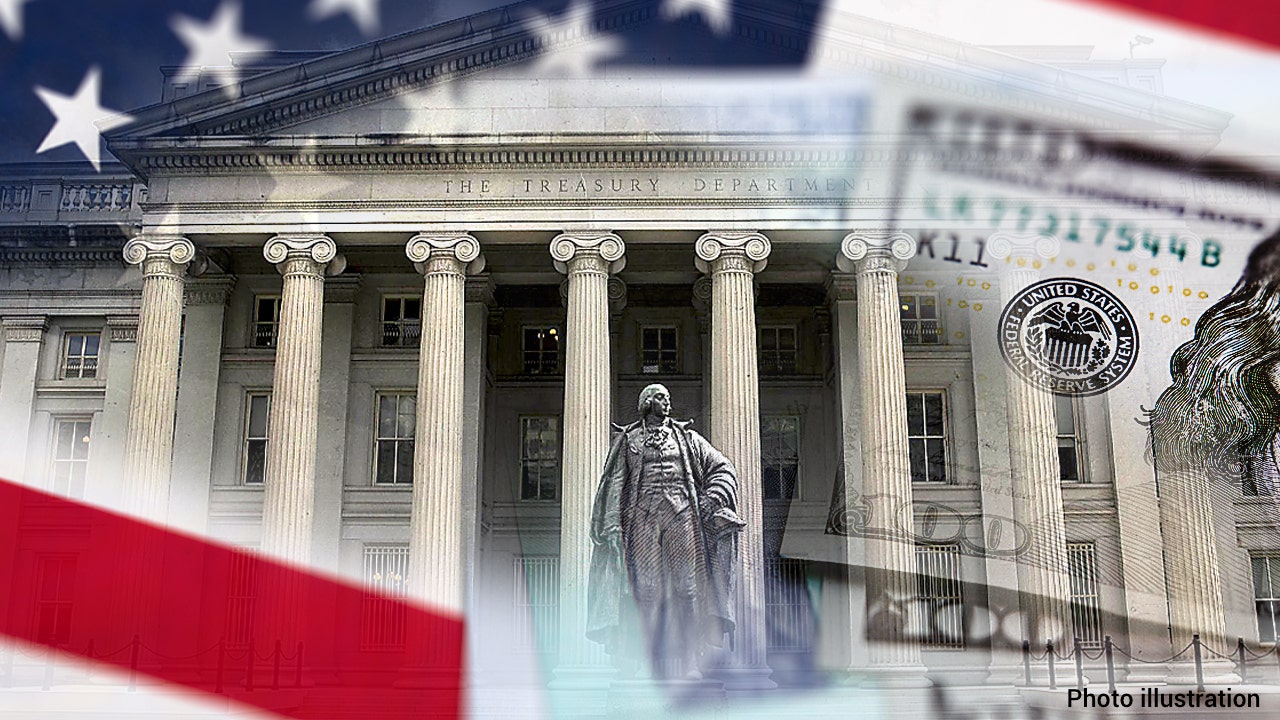Just as inflation eases and more economists bet on a soft landing for the U.S. economy, a new risk is emerging, a policy push and pull.
The divide between fiscal and monetary policy is increasingly worrying America’s most noted economists.
“Panelists are more optimistic about the outlook for the domestic economy,” added National Association of Business Economics (NABE) Policy Survey Chair Sam Khater, chief economist for Freddie Mac, “but they have increasing concerns on the balance of risks around monetary policy that is ‘too restrictive’ versus a fiscal policy that is ‘too stimulative’” the group noted in its February survey released Monday.
Fiscal Policy Fissures
Fifty-seven percent believe current fiscal policy is “too stimulative,” up from 54% in August and has been steadily rising. Economists see reducing the deficit and debt as the two most important goals for promoting “medium-to-long-term growth.”
The national debt — which measures what the U.S. owes its creditors — increased to $34,228,699,143,453.34 as of Friday afternoon, according to the latest numbers published by the Treasury Department. By comparison, just four decades ago, the national debt hovered around $907 billion.
US NATIONAL DEBT TOPS $34T FOR FIRST TIME IN HISTORY
US NATIONAL DEBT TRACKER FOR FEB 9, 2024: SEE WHAT AMERICAN TAXPAYERS (YOU) OWE IN REAL TIME
Additionally, last week the nonpartisan Congressional Budget Office (CBO) predicted the debt held by the public will soon surpass the size of the U.S. economy and exceed a historical record in four years. Spending will likely be driven by Social Security and Medicare as well as interest payments.
Debt held by the public – a key metric for tracking the size of the national debt used by economists – totaled $26.2 trillion in 2023 and is set to rise to $27.9 trillion in 2024. Over the next decade, it is projected to rise to $48.3 trillion in 2034, according to its budget and economic outlook for the 2024 to 2034 period.
Monetary Policy & Federal Reserve
As for monetary policy, the majority of NABE economists feel policy is “about right” but shifts are underway with those who feel its “too restrictive” rising by 21%, up from 14% in both March and August 2023. Policymakers have indicated rate cuts are on the table for 2024, with expectations for the first rate cut taking place in March. However, at the Federal Reserve’s January meeting, Chair Jerome Powell dialed that back.
“I would tell you that I don’t think it’s likely that the committee will reach a level of confidence by the time of the March meeting to identify March as the time to do that,” he said in response to FOX Business’ Edward Lawrence during the Q&A session.
The Fed left rates unchanged for a fourth time last month, leaving rates at 5.25%-5.5%.
On a positive note, the majority do not believe the U.S. will enter a recession this year, but there are other risks on the horizon.
“As for the most likely geopolitical risks, NABE respondents express the greatest concerns about the Middle East conflict driving up oil prices or disrupting supply chains, a stagnant Chinese economy, and instability around U.S. elections” said Ellen Zentner, NABE president and Morgan Stanley’s chief U.S. economist and managing director.
S&P 500 HITS 5,000 FOR FIRST TIME IN HISTORY
The survey comes as the S&P 500 surpassed 5,000 for the first time last week.
FOX Business’ Megan Henney and Eric Revell contributed to this report.












